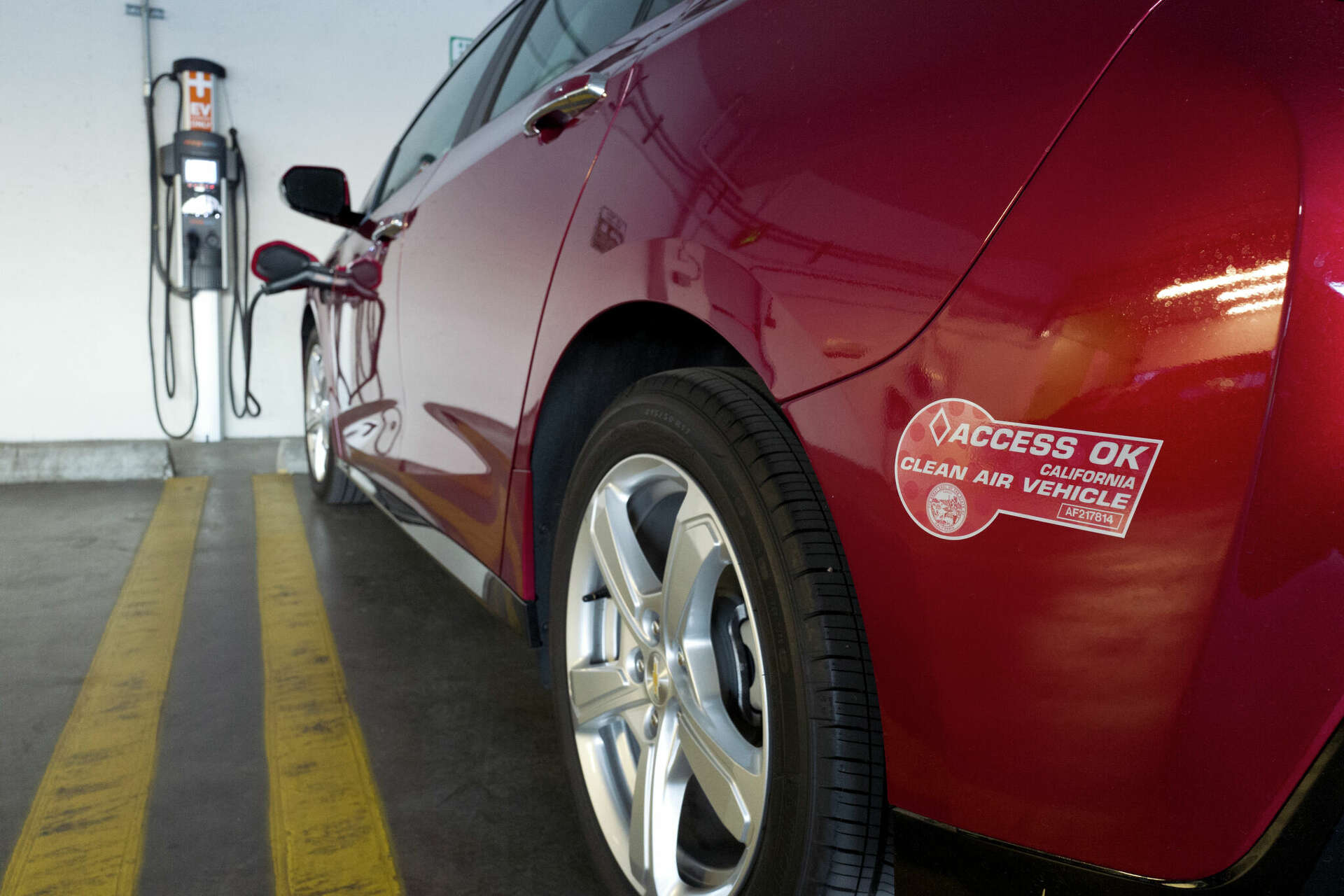California’s Clean Air Vehicle HOV Lane Program Is Ending—But Enforcement Will Be Delayed Until December

A major change is coming for California drivers of electric vehicles and plug-in hybrids who have long enjoyed the perk of driving solo in carpool lanes. The state’s Clean Air Vehicle (CAV) decal program—which granted certain low-emission vehicles special access to High Occupancy Vehicle (HOV) lanes—is officially coming to an end this week.
Starting Wednesday, October 2, drivers who are alone in vehicles bearing a Clean Air Vehicle sticker will no longer be legally allowed to use the HOV lanes during restricted hours. However, while the law goes into effect immediately, California Highway Patrol (CHP) officers will not begin issuing citations right away.
Instead, the CHP has announced a 60-day grace period, giving drivers time to adjust to the new rules without the immediate risk of a ticket. According to CHP Sgt. Andrew Barclay, this transitional period will serve as a time for education and awareness, rather than punishment.
“There will be that 60-day grace period where really it’s more of an educational campaign for us,” Barclay explained. “But then effective December 1, officers will begin citing drivers who are violating the updated rules.”
This means that as of December 1, solo drivers in vehicles with Clean Air stickers who continue to use the HOV lanes without meeting the occupancy requirement—typically two or more people per vehicle—could face fines for unauthorized use of the lanes.
Until then, CHP officers will continue patrolling the carpool lanes and may stop or warn drivers, especially if it’s clear they are unaware of the change. However, actual citations will not be issued during this grace period.
The Clean Air Vehicle decal program has been a cornerstone of California’s push toward cleaner transportation since it began decades ago, offering a valuable incentive for drivers to purchase low-emission vehicles. The decals allowed access to the often faster-moving carpool lanes, even when driving alone, helping to reduce commute times for many EV owners.
But as the number of electric and hybrid vehicles on California’s roads has skyrocketed in recent years, the benefits of the program have become more diluted, and traffic in HOV lanes has increased. State transportation officials have decided to sunset the program in an effort to restore the original purpose of carpool lanes: reducing congestion and encouraging carpooling and ridesharing.
Drivers who are unsure about their eligibility or want to know more about the program’s end can visit the California Air Resources Board (CARB) or DMV websites for updated information.
So while this marks the end of a long-standing privilege for many California EV drivers, the CHP is encouraging everyone to use this grace period to get informed and adjust their routes accordingly before enforcement officially begins in December.

